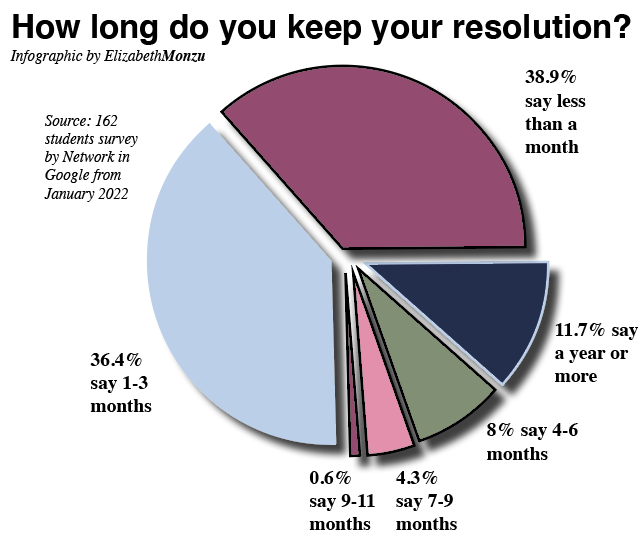
On March 22nd of 2020, I wrote an article covering the then current news about COVID-19. I never thought I would still be writing about the prevalence of the virus seven months later. The coronavirus has become much more than a disease, but rather a catalyst for social, economic, and political problems. It is safe to say that the pandemic has completely changed the world, reshaped the way we view daily tasks, and made us much more appreciative of our once “normal” lives. From school to sporting events to even grocery shopping, the virus has impacted every single one of us, some even more than others. No one has been lucky enough to escape its ramifications.
The total number of coronavirus cases worldwide has reached 37.4 million with a death toll of 1.08 million in comparison to the 322,000 cases and 13,000 deaths I reported in March. There has been little progress in discovering the source of the virus, and many experts still believe that COVID-19 originated from a bat or pangolin at a “wet market” in Hubei Province, China. The CDC has recorded that, “the exact source of this virus has not been identified,” and epidemiologists are doing extensive research to find the exact origin. Finding the source is important because it will help experts to understand how the pathogen entered the human body in the first place.

Almost every country has reported cases of COVID-19 and has been impacted to varying degrees. Although the United States has the most recorded deaths (214,370) due to the coronavirus, San Marino, Peru, and Belgium lead the way with the highest mortality rates. Currently, India is facing the most difficulty with the virus, recording over 67,000 cases on October 11th alone. The Prime Minister, Narendra Modi, and the Indian Government are failing to contain the virus and provide adequate testing for the nation.

With both case numbers and deaths rising quickly throughout the world, scientists are racing to find a cure for the coronavirus. Before any vaccines are released to the public, they must go through seven crucial phases. The first is preclinical testing where animals are used to see whether or not a vaccine triggers a response from the immune system. Next is Phase 1 safety trials in which vaccines are distributed to a few human patients to determine safety, response, and dosage size. If that is successful, Phase 2 expanded trials are run, distributing the vaccine to hundreds of people both young and old. Phase 3 efficiency trials can then be completed using thousands of people to determine how well the vaccine protects against a disease. The next phase is early or limited approval, a critical step that both China and Russia skipped before approving their vaccines. The final step in the arduous process is the approval of the vaccine by regulators. There are currently 44 vaccines being tested in clinical trials on humans, and about 92 vaccines are being actively investigated using animals in preclinical trials. Companies such as Moderna and Pfizer have stated that a vaccine will most likely be available by early 2021.
Although life has reverted to some form of normalcy, it is imperative that everyone continues to wash their hands, social distance, and wear a mask. These guidelines, established by the CDC at the start of the pandemic, have not changed. Both domestic and international studies performed by various organizations have found that wearing a mask helps to stop the spread of the virus by, “Reducing airborne respiratory droplets,” and, “Creating a physical barrier,” (Bader). Experts recommend wearing a mask with three layers to ensure your protection from others as well as protecting others from yourself. All of these steps are key to keeping the number of cases from increasing and keeping our community safe.
Sources:
https://www.nytimes.com/interactive/2020/science/coronavirus-vaccine-tracker.html?auth=login-google
https://www.worldometers.info/coronavirus/country/india/
https://www.cdc.gov/coronavirus/2019-ncov/cdcresponse/about-COVID-19.html
https://coronavirus.jhu.edu/data/mortality
https://www.cnn.com/2020/09/19/europe/europe-second-wave-coronavirus-intl/index.html
https://www.hackensackmeridianhealth.org/HealthU/2020/08/24/do-masks-really-work/




























